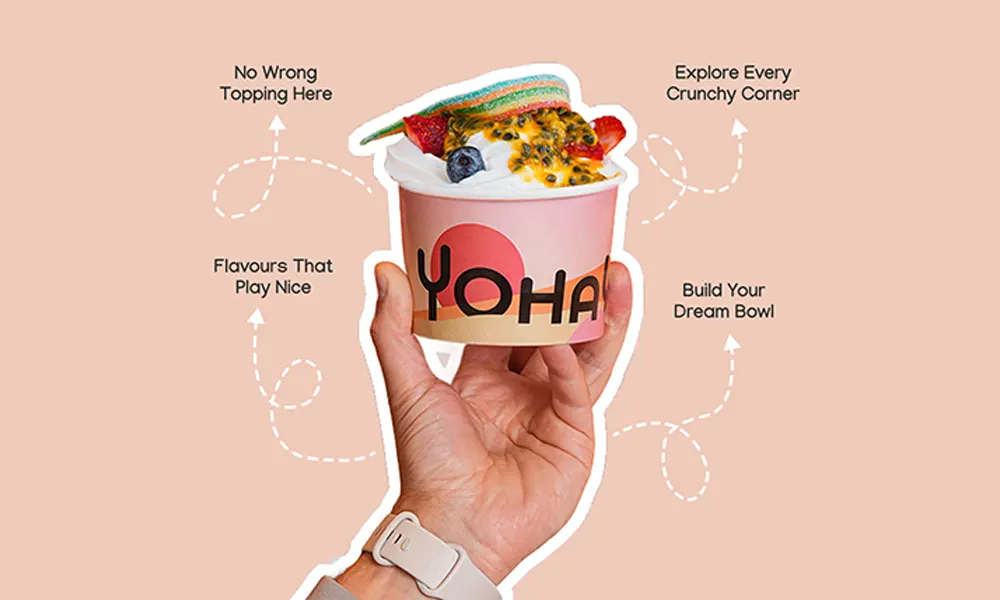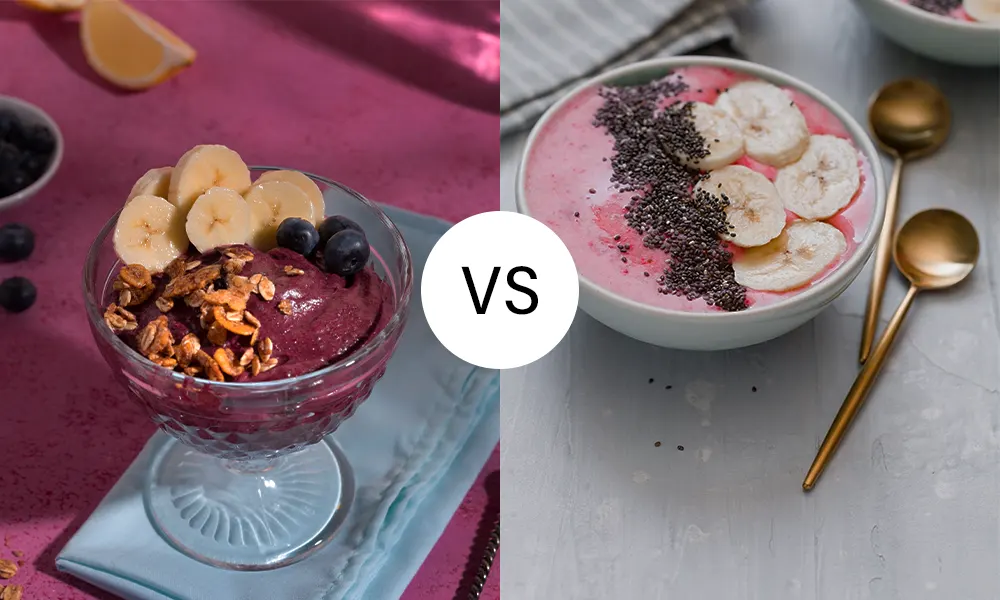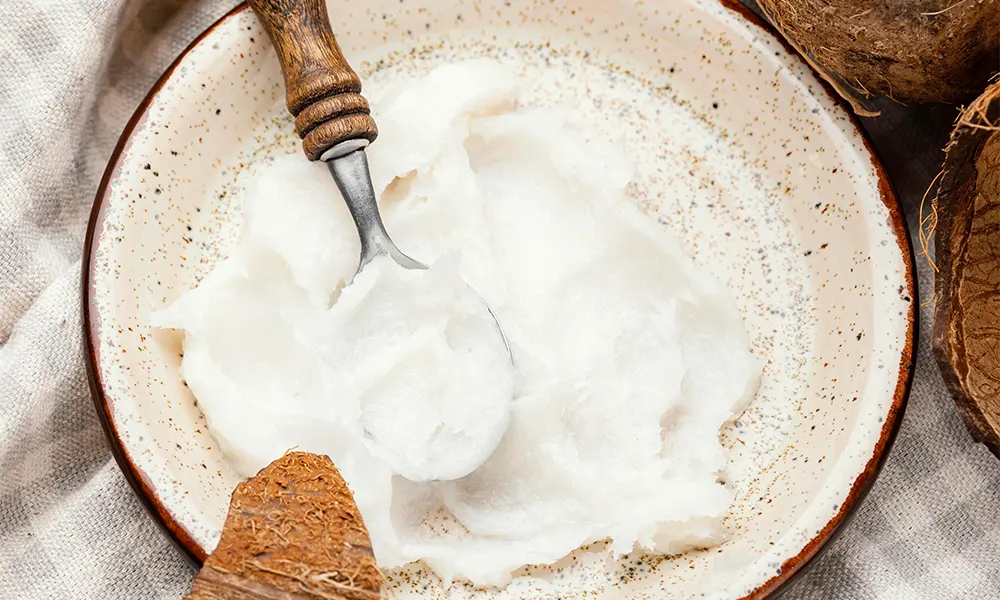You’re standing in the dairy aisle, staring at rows of yogurt, trying to figure out if it’s gluten-free. With gluten sensitivities on the rise, this is an important question, especially when it comes to flavoured and processed varieties. Gluten can sneak into many unexpected foods, including yogurt, through hidden ingredients or cross-contamination. This comprehensive guide will answer your questions, dispel any confusion, and equip you with the knowledge you need to make safe and delicious yogurt choices. Let’s unravel the mystery together!
Understanding the Gluten-Free Basics
Before diving into the yogurt aisle, it’s essential to understand gluten. Gluten is a protein found in wheat, barley, and rye, and can be harmful to those with celiac disease or non-celiac gluten sensitivity. Even trace amounts of gluten can trigger uncomfortable symptoms such as digestive distress, headaches, or fatigue. For these individuals, maintaining a strict gluten-free diet is essential. When it comes to yogurt, understanding what constitutes a gluten-free option is key to keeping your diet safe.
Is Plain Yogurt Gluten Free? Generally, Yes!
Good news: plain yogurt, made from just milk and bacterial cultures, is naturally gluten-free. These basic ingredients don’t contain gluten, making plain yogurt a safe and healthy choice for those following a gluten-free diet. However, as with all food products, it’s essential to check labels, especially for flavoured varieties or pre-packaged yogurts that might contain additives, sweeteners, or preservatives that may have gluten.
Flavoured Yogurts: A Minefield of Gluten?
The complexity arises when considering flavoured yogurts. These products often contain added ingredients such as fruit preserves, syrups, or sweeteners that may contain gluten, or they may be produced in facilities where cross-contamination with gluten-containing foods is possible. It’s crucial to check the labels thoroughly to identify potential gluten sources. Flavoured yogurts may also contain modified food starch, malt, or other gluten-based thickeners, so being diligent is your best line of defence.
Deciphering the Yogurt Label: A Detective’s Guide
The key to navigating the yogurt aisle confidently lies in label reading. Here’s what you should look for:
- Ingredient List: Always read the ingredient list for any obvious sources of gluten such as wheat, barley, rye, or malt. Other ingredients like hydrolysed vegetable protein or modified food starch could also contain gluten, so stay alert.
- “May Contain” Statements: Be cautious if the label includes a “may contain” statement, indicating the yogurt was produced in a facility that handles gluten. Cross-contamination is a real concern for those with severe gluten sensitivities.
- Gluten-Free Certification: Look for a gluten-free certification mark. Certified gluten-free products have been tested and meet the strict standards set by regulatory bodies, ensuring they contain less than 20 parts per million of gluten, making them safe for most individuals with gluten sensitivities.
Common Gluten-Containing Additives in Yogurt
Even seemingly innocent additives can be potential sources of gluten. Some of the most common gluten-containing ingredients include:
- Thickening agents: Derived from wheat or barley.
- Flavourings: Artificial flavourings might be processed in gluten-containing facilities.
- Sweeteners: Malt extract is a clear gluten source.
- Fruit preparations: While fruit itself is gluten-free, some fruit preparations may contain gluten-based additives or preservatives.
Is Greek Yogurt Gluten Free?
Like regular plain yogurt, plain Greek yogurt is typically gluten-free. The same rules apply: check the labels for additives or gluten-related warnings. Many flavoured Greek yogurts, however, may contain added gluten, so it’s important to scrutinise these varieties carefully. Fortunately, there are many Greek yogurt options now that are specifically labeled as gluten-free, making it easier for those with dietary restrictions to enjoy this creamy delight.
Homemade Yogurt: The Ultimate Gluten-Free Control
For those who want to take full control over their yogurt ingredients, homemade yogurt is a fantastic option. By making yogurt at home, you can ensure that only gluten-free ingredients are used, eliminating the risk of contamination. There are numerous simple and delicious recipes available, allowing you to enjoy a fully customized, gluten-free treat. Plus, it’s a rewarding process that lets you control the freshness and quality of your yogurt.
Final Words
When asking, “Is yogurt gluten free?” the answer often depends on the type of yogurt and the added ingredients. Plain yogurt is usually safe, but flavoured varieties require a bit of detective work. With the right knowledge and a keen eye for labels, you can confidently make gluten-free choices. Whether you’re enjoying Greek yogurt, regular yogurt, or even homemade varieties, you can keep your diet safe and delicious.
Want help navigating your gluten-free options? Let Yo Hayo guide you in choosing products that align with your dietary needs. Contact us today for expert advice and product recommendations!
FAQs
-
Is store-bought yogurt always gluten-free?
Store-bought yogurt can vary when it comes to gluten content. Plain yogurt made with milk and bacterial cultures is typically gluten-free, as these ingredients do not contain gluten. However, flavoured yogurts can present a potential gluten risk, as they often contain added ingredients like malt extract, modified food starch, or artificial flavourings, which may be derived from gluten-containing grains. Always check the ingredient list for any mentions of wheat, barley, or rye, and be cautious of “may contain gluten” statements that indicate possible cross-contamination. For peace of mind, choose certified gluten-free yogurt.
-
Are all types of yogurt gluten-free, including Greek yogurt?
Plain Greek yogurt, like regular yogurt, is usually gluten-free because it’s made from just milk and live cultures. The straining process used to make Greek yogurt doesn’t introduce gluten, so it’s safe for those avoiding it. However, flavoured Greek yogurt varieties can contain gluten due to the addition of ingredients such as malted barley, flavourings, or thickeners. Always check labels on flavoured Greek yogurts for potential gluten sources, and ensure that the product has a gluten-free certification if you’re strictly avoiding gluten. Unflavoured Greek yogurt is generally a safer option for a gluten-free diet.
-
Can I trust yogurt with a gluten-free label?
A gluten-free label on yogurt is a good indication that the product meets specific gluten-free standards. These products have been tested to ensure they contain fewer than 20 parts per million of gluten, which is considered safe for most people with gluten sensitivities. However, while the label is a reliable sign, cross-contamination can still happen in facilities that process both gluten-free and gluten-containing products. If you’re very sensitive or have coeliac disease, check for a third-party certification for additional assurance. Always read the ingredients list to confirm no hidden gluten sources are included.
-
What should I do if I accidentally eat yogurt with gluten?
If you accidentally consume yogurt containing gluten, particularly if you have coeliac disease or gluten sensitivity, you may experience symptoms such as stomach pain, bloating, nausea, or headaches. It’s important to monitor your symptoms and contact your healthcare provider or dietitian if they worsen or if you have concerns. Keeping track of the product’s ingredients and any possible gluten warnings will help you avoid future mistakes. In the future, carefully check labels, especially those with “may contain” statements. If you’re uncertain, contact the manufacturer to clarify the ingredients and production process.
-
Are yogurt toppings always gluten-free?
Not all yogurt toppings are gluten-free, and it’s essential to read the labels of any toppings before adding them to your yogurt. Granola, for example, often contains wheat or oats, which can be cross-contaminated with gluten during processing. Additionally, some fruit preparations, syrups, or flavoured toppings might include gluten-containing ingredients or additives like malt or wheat starch. If you’re following a strict gluten-free diet, opt for naturally gluten-free options like fresh fruit, gluten-free granola, or coconut flakes. Always confirm the gluten-free status of pre-packaged toppings and look for certification to avoid accidental exposure.





